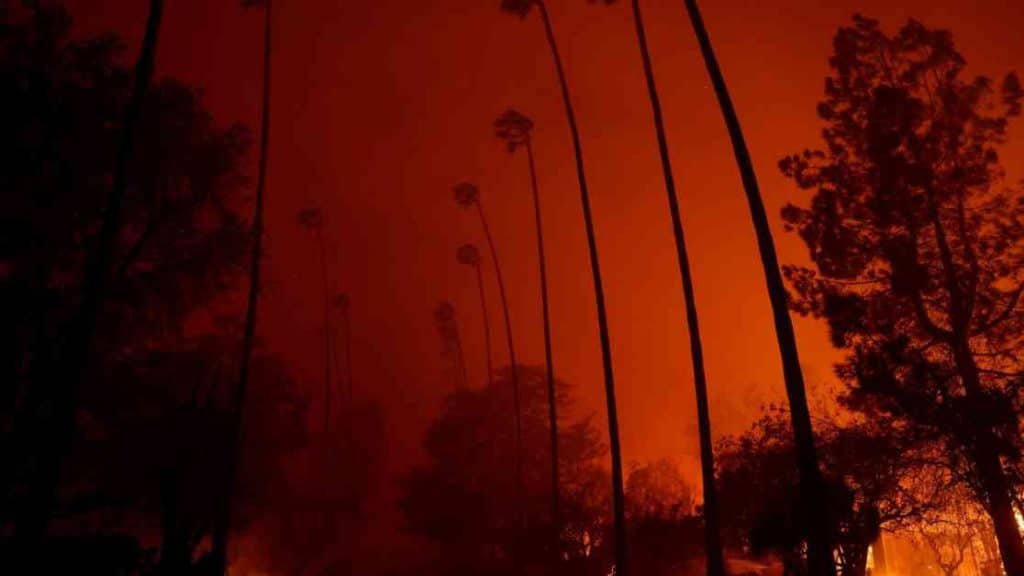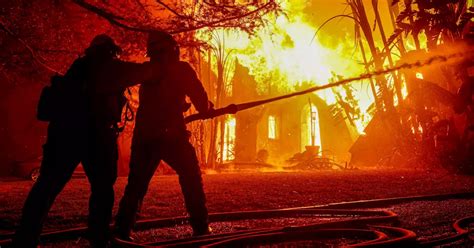This piece reflects the state of affairs as of 9:48 AM PST on January 8, 2025, with the situation likely to change as efforts to combat the fires continue.
BREAKING: Emergency Declared as California Turns Into an Inferno of Fires
California is in the throes of an escalating wildfire crisis, with several devastating fires tearing through Los Angeles County, catching residents in a whirlwind of fear and urgency. The Palisades Fire, among the most menacing, has transformed from a small brush fire into a monster that has engulfed over 5,000 acres with zero containment as of the morning of January 8.
The fires, including the Palisades, Eaton, Hurst, and Woodley, have left little room for preparation, thrusting communities into immediate action. The Palisades Fire, in particular, has forced the evacuation of approximately 37,000 people from their homes, with some residents having to abandon their cars amidst gridlocked evacuation routes as flames and smoke rapidly encroached.
Fanned by winds exceeding 100 mph, these fires have not only spread with alarming speed but have also grounded firefighting aircraft, severely limiting aerial support. This situation has led to the heartbreaking loss of homes and landmarks, with the fires painting a grim picture of loss and resilience as entire neighborhoods are reduced to ashes.

In Sylmar, the Hurst Fire has similarly ravaged 500 acres overnight, fueled by these fierce winds, leading to further evacuations and endangering countless structures. The narrative of these fires is not just one of immediate danger but also of the community’s fight for survival with each passing second.
The human toll has been tragic, with at least two civilian fatalities reported from the Eaton Fire, underscoring the severity of this natural calamity. Investigations into the origins of these fires continue, with the ongoing conditions making it challenging to pinpoint causes amidst the chaos.
Governor Gavin Newsom has been at the forefront of the response, coordinating efforts with local officials to mitigate the disaster’s impact. However, the situation has sparked debates on social media, with some residents and observers on platforms like X criticizing the state’s approach to water management and forest care, which they argue could have lessened the fires’ impact.
Federal support has been mobilized, with Resident Biden emphasizing the urgency of assistance in this dire time. Shelters have sprung up to house those displaced, and community members are coming together, sharing resources and information to navigate this crisis.
The air quality has plummeted, posing additional health risks, and prompting warnings for residents to stay indoors if possible. This disaster is not only testing the physical resilience of California’s infrastructure but also its communal spirit and resolve in the face of nature’s relentless challenge.
As these fires continue to evolve, growing worse by the second, the focus is not only on immediate firefighting and rescue but also on the broader questions of how to live with, adapt to, and mitigate the increasingly frequent and severe natural emergencies driven by our changing climate. This piece reflects the state of affairs as of 9:48 AM PST on January 8, 2025, with the situation likely to change as efforts to combat the fires continue.
Pages: 1 2










